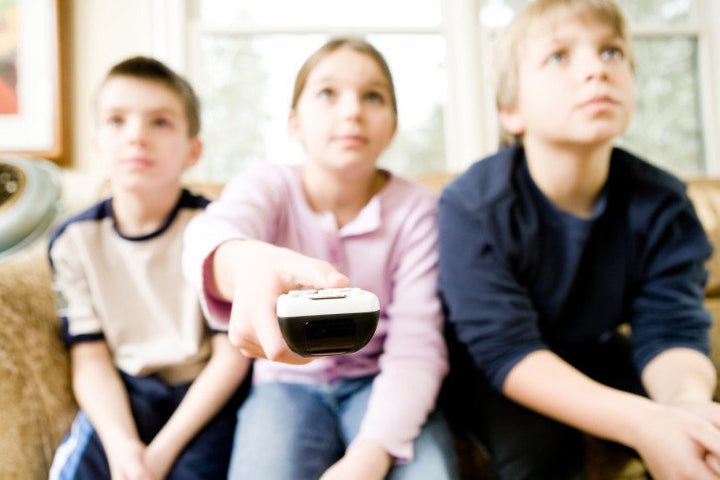
Tuesday, the American Academy of Pediatrics released the long-awaited update to its 1999 policy statement on media use by children younger than two. I am amazed that with 12 years to work on it, the AAP labored so mightily and brought forth such a mouse.
To be sure, there are valuable insights in the report -- particularly regarding background TV and the value of play, as well as the admonition that media makers not market hoped-for educational outcomes to anxious parents.
Still, despite using the term "media" in the title and throughout, there is the barest of nods to the changes in the technology environment since the original policy statement came out in 1999 ("From built-in DVD players in minivans to smart cell phone technology, today's children have more access to electronic media than those of any previous generation"). The new statement could have been written in 2001, and lost on someone's desk until last week.
In the press conference to present the new statement (captured on video by 360KID's Scott Traylor and posted here), Dr. Ari Brown said that there wasn't enough research to write about interactive digital media; however, this was just moments after she admitted that the 1999 statement was based on "limited data and cautionary principle." They could have -- and should have -- at least discussed the new world of many screens and the affordances of touchscreen devices in particular, and raised issues to be studied and addressed on both the positive and negative sides.
Not surprisingly, the AAP statement has been portrayed in the press as black and white: "It's official, to protect baby's brain, turn off TV" and "Educational TV for Under 2s Could Stunt Their Development."
Even the AAP's official "Tweet" of the study was "AAP says babies and toddlers should learn from play, not screens." They didn't say "learn from play more than screens" or even "learn from play, limit screens." This is despite the fact that the statement itself makes frequent reference to the variability in children's development and the possibilities that learning does occur under certain circumstances.
Wouldn't this have been a wonderful opportunity to acknowledge that children and families live diverse lives filled with many things? One section of the AAP report is headlined "A Good Use of Time?" That concept is meaningless outside the context of what else children and their parents are doing: is the child surrounded by books, does the family live in a neighborhood that is safe for outdoor play, does the child get quality day care, is the baby also given open-ended toys or art supplies, and so on. (Not to mention, who among us could withstand the scrutiny of whether every minute of our time was best spent!)
My wife, a teacher, has long wanted to produce a poster showing a group of diverse children -- all sizes, all shapes, all colors -- with the tagline "they don't' learn alike, either." The same is true for children's media -- not all screens and not all content are created equal. Surely, when a child enters a pediatrician's office, he or she is treated uniquely, so why has the AAP reaffirmed its 12-year-long monolithic view of children, families and media?